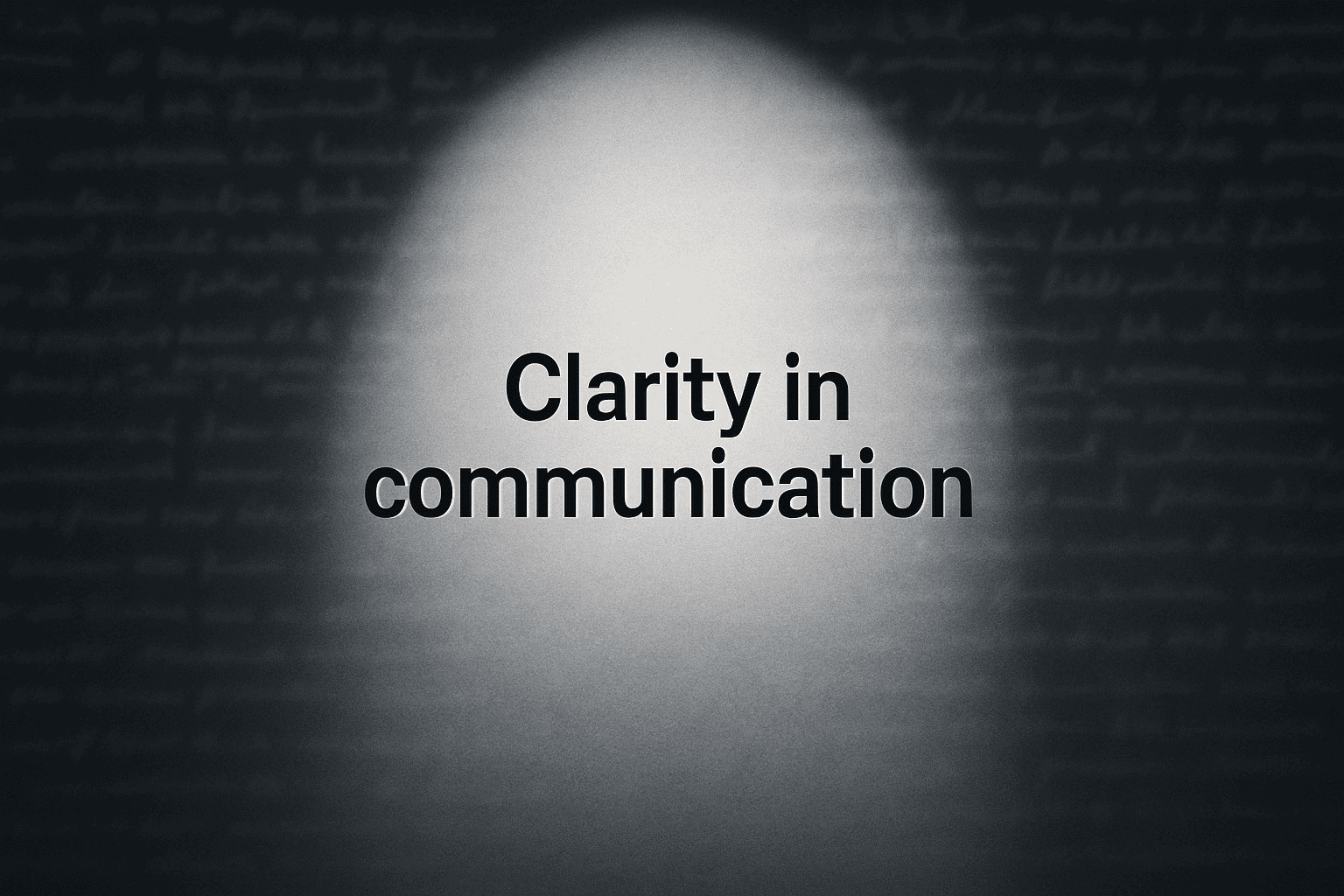Aug08

We used to print his emails to understand them.
I’m not kidding.
One of my old bosses would send… novels.
Emails that read like essays.
Two pages minimum, no clear point.
No context.
No call to action.
We’d actually print them out, grab highlighters, and decode them like ancient scrolls.
And I’d think:
If this much effort goes into writing it and we still don’t know what to do… something’s truly broken.
But the confusion didn’t end with emails.
Later, I worked with leaders who’d speak for 10 minutes straight… and say nothing.
Investors left without direction
Board members stayed silent
Teams walked out with more questions than answers
That’s when I started seeing the pattern:
If people can’t follow your message, they won’t trust your leadership.
It’s not about sounding smart.
It’s about being understood.
The Leadership Cost of Confusion
In high-stakes environments, ambiguity creates three dangerous outcomes:
Misalignment – Teams interpret instructions differently, creating conflicting priorities.
Delays – People waste time clarifying instead of executing.
Erosion of trust – Stakeholders begin to doubt capability and intent.
My Rules for Message Clarity
→ Start with the ask: “Decision needed by Friday” beats “Just a quick update.”
→ Provide context: Why does this matter right now?
→ Be brutal with fluff. Ruthless with ambiguity.
Whether it’s an email to your team or a presentation to the Board, clarity isn’t a “soft skill.”
It’s leadership infrastructure. Without it, everything else fails.
Because in the end, your words aren’t just communication.
They’re a signal.
And those signals tell people whether to follow you… or quietly disengage.
Keywords: Leadership, Culture, Transformation
 Friday’s Change Reflection Quote - Leadership of Change - Change Leaders Harness Existing Dissatisfaction
Friday’s Change Reflection Quote - Leadership of Change - Change Leaders Harness Existing Dissatisfaction The Corix Partners Friday Reading List - November 7, 2025
The Corix Partners Friday Reading List - November 7, 2025 The Trust Deficit in Change Programmes
The Trust Deficit in Change Programmes Management of Portfolio complexity a key to Supply Chain responsiveness
Management of Portfolio complexity a key to Supply Chain responsiveness Who Revolves Around Your Ambitions? Time to Find Out.
Who Revolves Around Your Ambitions? Time to Find Out.